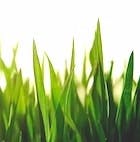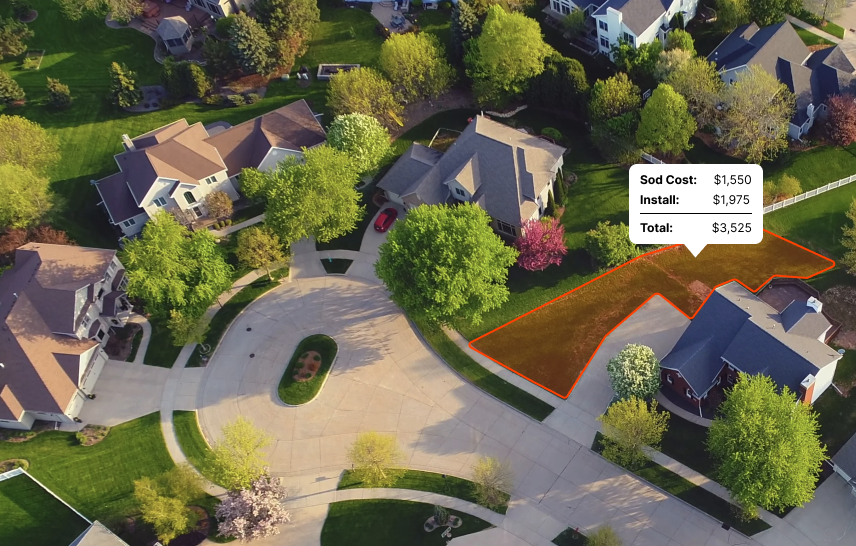A tough-as-nails grass that can withstand both the scorching summer sun and the bitter winter cold.”
Introduction
In Delaware, we see a humid subtropical climate painting the landscape with sizzling summers and frosty winters. The grass types that fit the bill here are those that can roll with the heat waves and brave the chills.
Delaware straddles a line between warm-season and cool-season grass zones, adding another layer of diversity to its lawns. Late summer to early fall is your sweet spot for laying grass in Delaware.
Cooler temperatures and the uptick in rainfall during this time pave the way for the grass to take root before winter's icy touch. So, the secret sauce to a lush lawn in Delaware?
A tough-as-nails grass that can withstand both the scorching summer sun and the bitter winter cold.
What are the best sod types for DE?
In the world of landscaping, not all grasses are created equal. Each thrives in a specific climate zone: cool, warm, or transition.
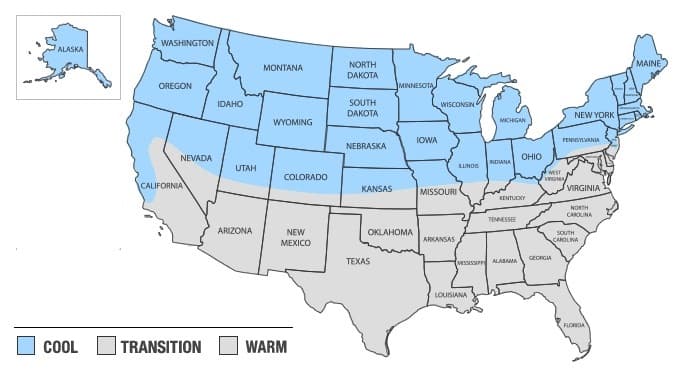
Delaware, with its cool season climate, prefers a particular set of grasses that relish the lower temperatures. The following sods are the easiest to grow and maintain in Delaware:
While it's possible to grow grasses meant for other regions with proper care, attention and timing, these are the most common grasses in Delaware for residential lawns.
Level Up Your Lawn Skills
Once per week we'll send you an interview from someone who has mastered the art of lawn care.
Recommended species for shade
We get it, you've got some shady spots on your turf in Delaware and you're looking for the best sod to cover them. No drama, we're here to help you get things sorted.
The top recommendation? Tall Fescue Grass. This cool-season grass doesn't flinch at shade. It's pretty much the "they see me rolling, they hatin'" type. And we're not just saying that. Tall Fescue needs about 4 hours of sunlight a day. Not much, right? This badass grass stands tall against droughts and diseases too, making it a winner for all those Delaware homes that have been throwing shade at us.
Next on our list is Fine Fescue. Again, it’s a cool-season grass. We get it, we have a thing for cool-season grasses. Can you blame us? They deliver. Fine Fescue needs about the same amount of sunlight as its tall brother — around 4 hours. Got areas that only get filtered light or shady patches under trees? Grab some Fine Fescue.
Lastly, we've got Kentucky Bluegrass. Hold your horses, sport fans. This isn't just made for baseball fields. This variety thrives in mixtures with other grass types. Say 4 to 6 hours of sunlight per day and this blue beauty will grace your yard wonderfully.
So, there you have it. We've just thrown you our best picks for shade-loving sods suited for Delaware. Take your pick, roll out that green carpet and let your lawn be the envy of your block! Remember that even shade grasses need some love (sun), so make sure your selected areas get the needed dose. Trust us, your lawn will thank you for it!
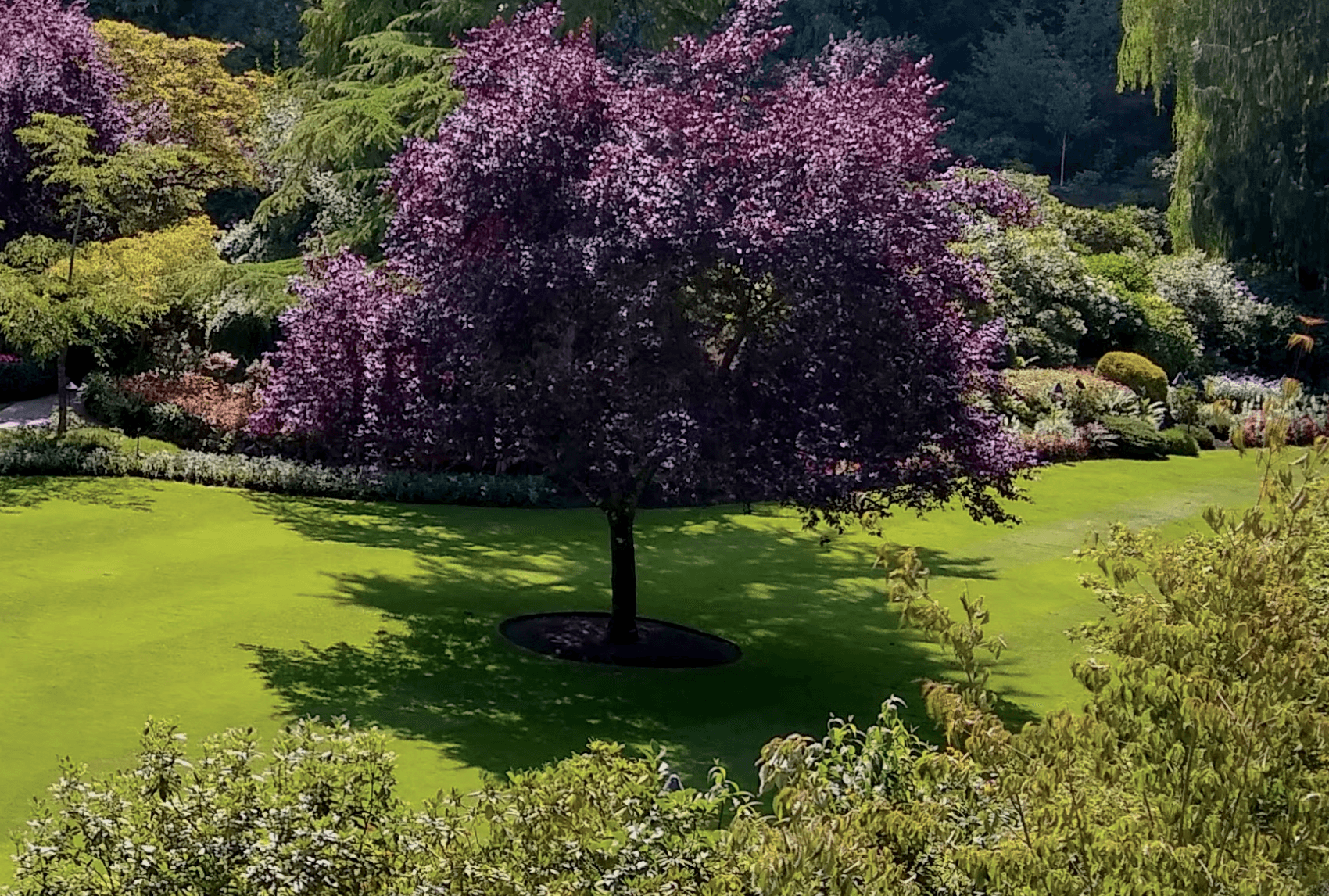
Recommended for full sun or partial sun
Choosing the right sod for your lawn depends heavily on the sunlight exposure in your yard. Different grass types have varying light requirements for optimal growth and appearance. Assessing whether your lawn receives full or partial sun is essential in selecting sod that will flourish and stay healthy in your specific environment.
Below are some sod options recommended for either full sun or partial sun conditions in DE:
| Grass Type | Sun | Good to Know |
|---|---|---|
| Bermuda | Full | Bermuda grass thrives in full sun and is known for its drought tolerance and ability to withstand high temperatures. |
| Zoysia | Full | Zoysia grass prefers full sun but can tolerate some shade. It is known for its dense turf and resistance to pests and diseases. |
| Tall Fescue | Partial | Tall Fescue is adaptable to a range of conditions, including partial sun, and is known for its deep root system and tolerance to drought. |
| Kentucky Bluegrass | Full | Kentucky Bluegrass prefers full sun and is prized for its fine texture, rich color, and ability to recover quickly from damage. |
| Perennial Ryegrass | Full | Perennial Ryegrass thrives in full sun and is known for its rapid germination, fine texture, and bright green color. |
What varieties stay green year-round?
As with anything agriculture related, there is some nuance to this question. There are many grasses that can stay green year round in but it depends heavily on your location within Delaware as well as any microclimates that may exist.
The following grasses have the ability to stay green year round in Delaware:
| Grass Type | Caveats |
|---|---|
| Bermuda | It typically goes dormant and turns brown after a few hard frosts in the fall and stays that way until temperatures consistently hit the 60s in the spring. |
| Zoysia | It can stay green nearly year-round in milder climates without severe winter freezes or overly high summer temperatures. |
| Tall Fescue | It typically stays green throughout the year in milder climates, given that it isn't overly stressed by heat or drought in the summer. |
| Kentucky Bluegrass | It can retain its green color for much of the year when well-maintained, though harsh winter temperatures can push it towards dormancy and a browner hue. |
| Perennial Ryegrass | It can stay vibrant and green throughout the year in many climates, unless conditions are extremely cold or dry. |
What is the best time to lay sod in Delaware?
Since it is considered a cool-season location, the ideal time to lay sod is in early spring or early fall. These periods offer moderate temperatures, leading to less stress on the sod and providing optimal conditions for root establishment before extreme temperatures of winter or summer. Avoid the summer, as high heat can stress the sod.
As you can see in the image below, you'll notice the most shoot growth (the grass above ground) and root growth in the spring and fall for cool season grases:
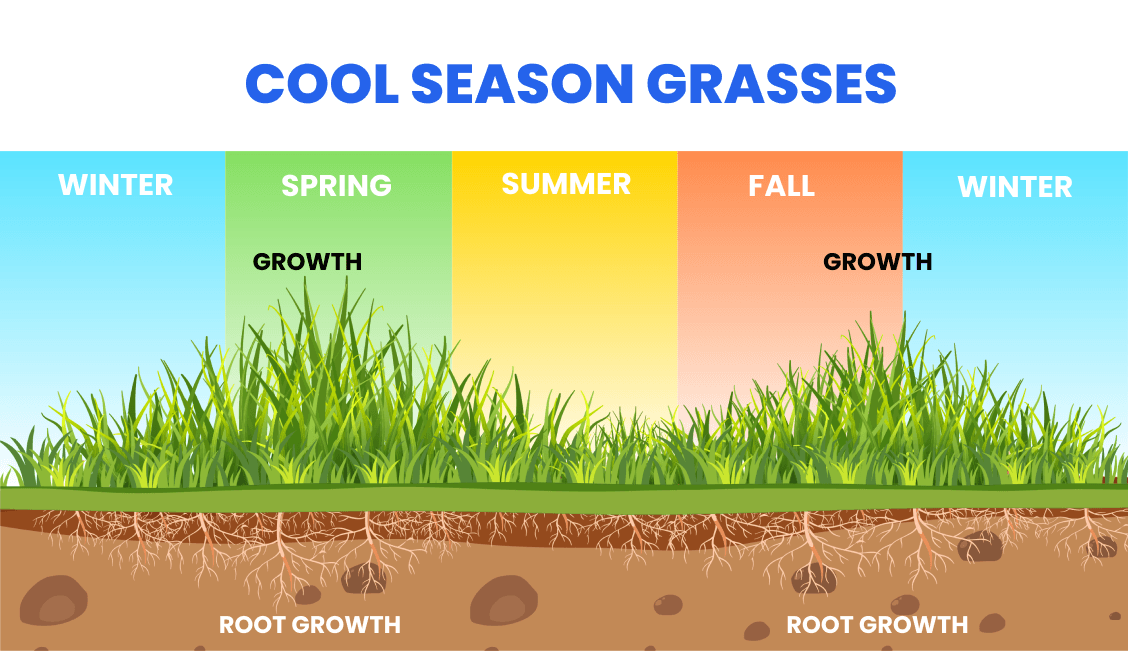
Find reputable companies for installing sod in DE
Here are the top problems you'll face when trying to get sod installed by a landscaping company:
- They're not transparent about pricing. You'll often get a quote that's way higher than you'd expect.
- They're hard to get ahold of on the phone or you'll reach out online but won't hear back.
- It's hard to pin them down for a specific date. Because you can only bring sod from the farm when there's decent weather, this causes some delays at times. It also has a short shelf life, so it's important to get it installed within a day or two of delivery.
We've done all the work for you. Click below to get a quote from one of the top installers in Delaware.
